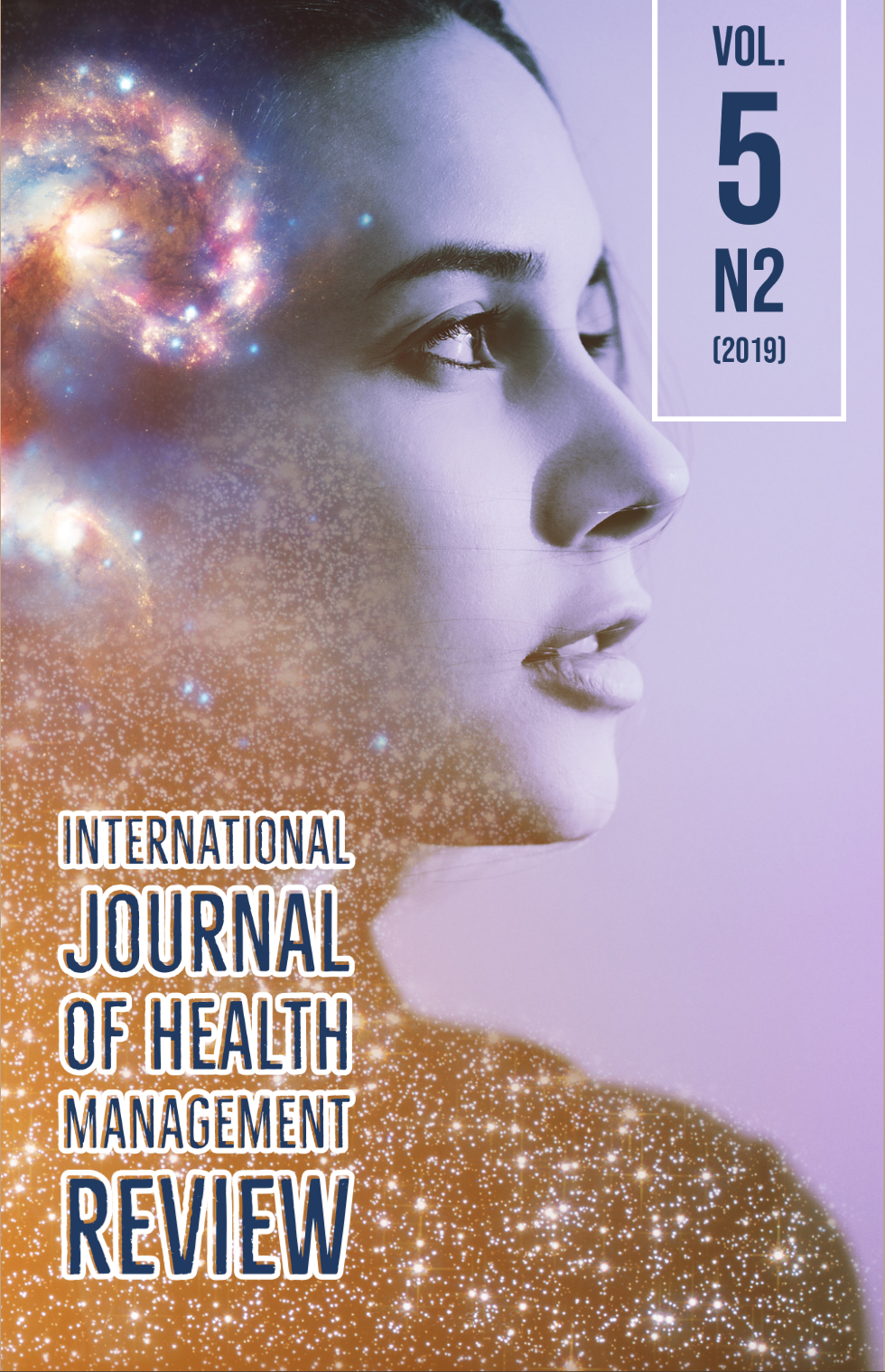Comparação entre as técnicas de sleeve e bypass gástrico em Y de Roux em cirurgia bariátrica: sintese de evidências
DOI:
https://doi.org/10.37497/ijhmreview.v5i2.174Palavras-chave:
Cirurgia Bariátrica, Obesidade, Sleeve, Bypass Gástrico em Y de Roux.Resumo
Introdução: O bypass gástrico pela técnica de Y de Roux (RYGB), além da gastrectomia pela técnica Sleeve (SG), são algumas das possibilidades de correção da obesidade mórbida por meio da cirurgia bariátrica. Objetivo: Comparar as técnicas RYGB e SG em cirurgia bariátrica, por meio de uma revisão da literatura, considerando fatores como perda de peso no pós-operatório e efeitos colaterais decorrentes do procedimento. Método: tratou-se de uma revisão da literatura com síntese de evidências. A busca de artigos foi realizada na base de dados PUBMED utilizando a seguinte estratégia: "sleeve"[title] AND "Roux-en-Y"[title] AND "bariatric surgery"[title]. Resultados: Foram identificados 19 artigos pertinentes ao tema. Síntese de Evidências: Observou-se que RYGB é superior à SG em termos de remissão do diabetes, e que pacientes submetidos à gastroplastia por RYGB parecem alcançar uma melhor redução de peso e gerenciamento de comorbidades associadas à obesidade, além de melhoria da doença do refluxo. Quanto à perda de peso, RYGB mostrou ser um procedimento mais eficaz em pacientes obesos mórbidos. Em contrapartida, a secreção de gastrina mostrou-se diminuída após RYGB, e pacientes submetidos à SG apresentaram níveis séricos de ferro e zinco superiores aos submetidos à RYGB. A técnica SG parece apresentar um melhor perfil de segurança nos primeiros 30 dias de pós-operatório em comparação com o RYGB, que por sua vez pode apresentar taxas mais altas de complicações. Pacientes submetidos à RYGB são mais vulneráveis a sintomas tardios, embora sem aumento da morbidade e mortalidade, e sem relação com o maior número de retornos hospitalares em longo prazo.Downloads
Como Citar
Edição
Seção
Licença
Autores que publicam nesta revista concordam com os seguintes termos:
O(s) autor(es) autoriza(m) a publicação do texto na da revista;
O(s) autor(es) garantem que a contribuição é original e inédita e que não está em processo de avaliação em outra(s) revista(s);
A revista não se responsabiliza pelas opiniões, idéias e conceitos emitidos nos textos, por serem de inteira responsabilidade de seu(s) autor(es);
É reservado aos editores o direito de proceder a ajustes textuais e de adequação às normas da publicação.
Autores mantém os direitos autorais e concedem à revista o direito de primeira publicação, com o trabalho simultaneamente licenciado sob a Licença Creative Commons Attribution que permite o compartilhamento do trabalho com reconhecimento da autoria e publicação inicial nesta revista.
Autores têm autorização para assumir contratos adicionais separadamente, para distribuição não-exclusiva da versão do trabalho publicada nesta revista (ex.: publicar em repositório institucional ou como capítulo de livro), com reconhecimento de autoria e publicação inicial nesta revista.
Autores têm permissão e são estimulados a publicar e distribuir seu trabalho online (ex.: em repositórios institucionais ou na sua página pessoal) a qualquer ponto antes ou durante o processo editorial, já que isso pode gerar alterações produtivas, bem como aumentar o impacto e a citação do trabalho publicado (Veja O Efeito do Acesso Livre) em http://opcit.eprints.org/oacitation-biblio.html















